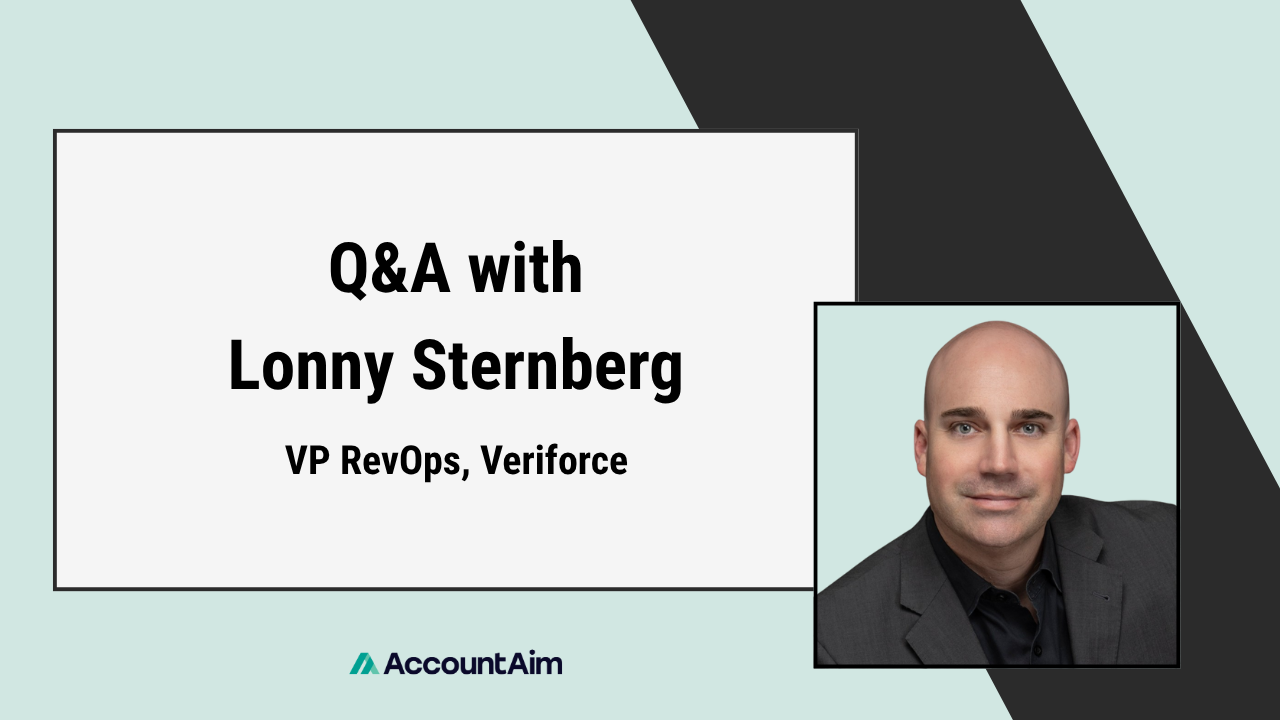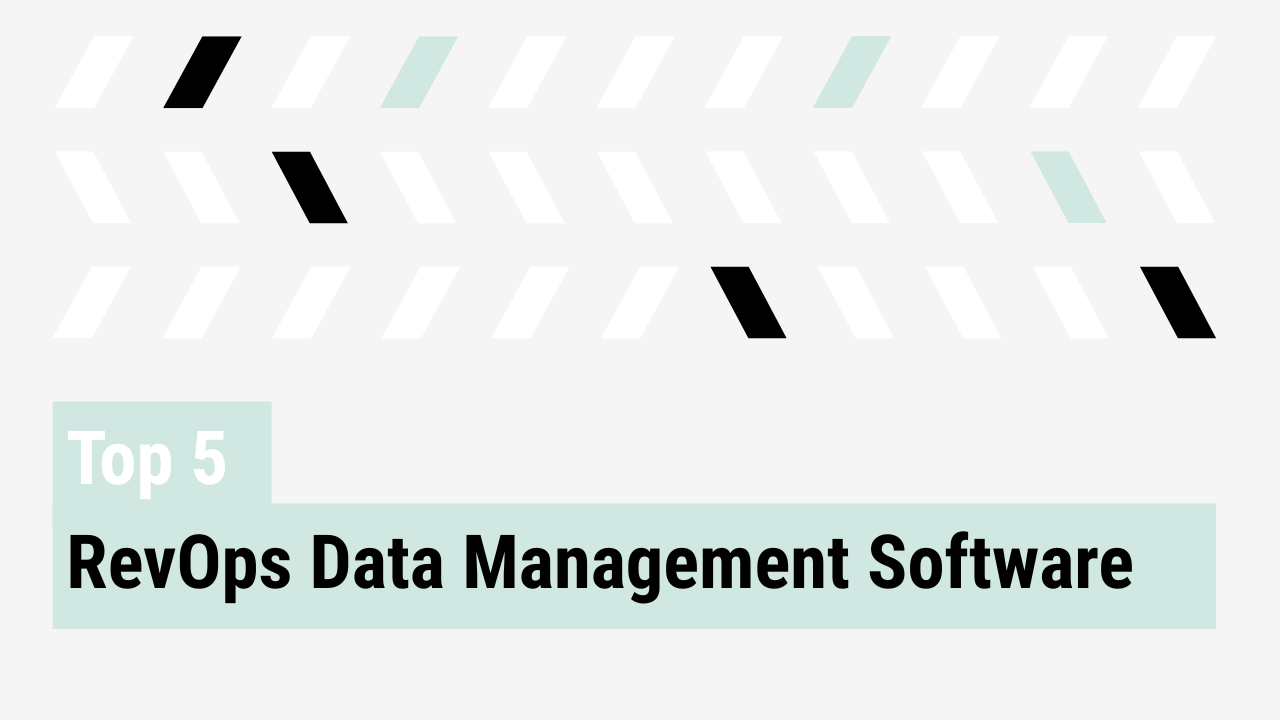Innovative RevOps leader Lonny Sternberg shares how to build scalable systems, align teams, and lay the groundwork for AI readiness, all without losing sight of fundamentals.
Revenue operations is shifting.
Once seen as a support role, it’s now recognized as a central lever for go-to-market performance. The evolution from reactive execution to strategic leadership requires intention and structure.
Lonny Sternberg (LinkedIn) has built that structure. With more than a decade of experience across early-, late-stage and public enterprise SaaS companies, he is expertised at developing GTM teams that drive consistency, visibility, and scalable growth. In this conversation, he shares what makes a RevOps team truly strategic, how to prepare for AI, and what alignment looks like in practice.
How do you define RevOps and how has that definition evolved in your work?
I think of RevOps as removing friction from all revenue-generating activities. That includes aligning teams, improving processes, and enabling predictable outcomes across the full customer journey. Earlier in my career, I worked in a zero-to-one SaaS environment. No systems, no revenue. Building that go-to-market engine from scratch gave me a deep appreciation for how much RevOps impacts everything from GTM strategy to unit economics.
What does it mean for a RevOps team to be “AI-ready,” and what groundwork needs to be laid first?
There’s no AI strategy without operational readiness, which starts with structure—meaning clearly defined processes, documented workflows, and systems that consistently produce accurate data. Without that foundational layer, even the best AI tools will struggle to produce reliable outcomes. You need strong inputs before you can trust automated outputs.
“To be AI ready, you have to be repeatable, you have to be scalable, you have to be sustainable.”
“The more information that you provide consistently and accurately, I think those are going to be the winners in this space.”
How can organizations create alignment across teams to drive consistent revenue outcomes?
Start by choosing one goal that matters most and making it crystal clear. Too many orgs try to satisfy every stakeholder, which leads to scattered KPIs and misaligned execution. Instead, define the top-line business objective, then ladder each department’s goals to support it. Keep it simple. Clarity drives performance.
What steps should RevOps leaders take to implement reliable real-time analytics and metrics?
Visibility isn’t only about dashboards, it’s about trust. A metric is only useful if teams believe in its accuracy and relevance. That trust comes from a shared understanding of how data is sourced, processed, and visualized. Without that transparency, even the most sophisticated dashboards won’t drive action.
“It’s the reliability and the dependability. So yes, having the tool and having the process. But if we take the most basic step back and look—how do we collect that data? And where does it come from?”
Why is go-to-market data backup often overlooked, and what risks does that create?
Most teams have no plan for recovering lost or corrupted GTM data. One misconfigured integration or accidental deletion can set you back days, sometimes longer. The big players charge huge premiums for full backup access, which makes it tough for smaller teams. We need affordable, real-time data mirrors—especially with AI tooling depending on historical context to work correctly.
How can RevOps professionals protect their time and shift from tactical execution to strategic leadership?
You have to build a process around your time, or you’ll lose it to urgent requests that feel important in the moment but often don’t move the business forward. Without structure, strategic priorities get overshadowed by quick asks, Slack pings, and unexpected fire drills. Creating a visible, prioritized workflow—like a sprint board—helps others understand your focus and gives you space to manage long-term work alongside short-term execution.
“I like to use sprints. And have planning sessions similar to a product team… So you have visibility and you have alignment to understand.”
“Amongst that conversation, you need to build trust and a relationship early on… You’ve been heard. It’s genuine. You’re using empathy.”
What makes a great RevOps leader, and how should leadership think about incentives and accountability?
Incentives should reflect what matters. If you want data quality, comp around it. If you want alignment, make sure OKRs don’t conflict across teams. The best RevOps leaders stay focused, even in chaos. They blend discipline with flexibility and hold a wide view without losing precision.
“Empathetic, strategic, disciplined.”
Go Deeper
If you enjoyed this Q&A, check out the full conversation with Lonny Sternberg at YouTube or Spotify.
About AccountAim
AccountAim is the planning and analytics platform built for Strategic RevOps teams. With AccountAim, RevOps teams connect all of their fragmented GTM data, automatically snapshot and see trended changes over time, and build full-funnel reporting — all without SQL or data team support. Learn how Strategic RevOps teams use AccountAim to streamline forecasting, territories, cross-sells and more here.



